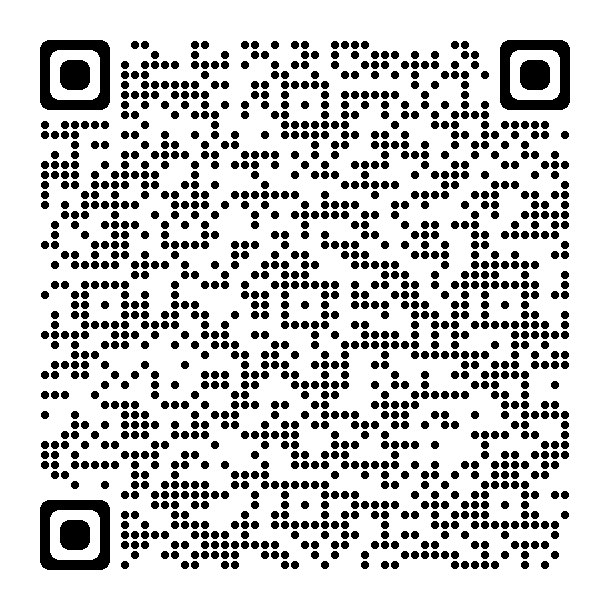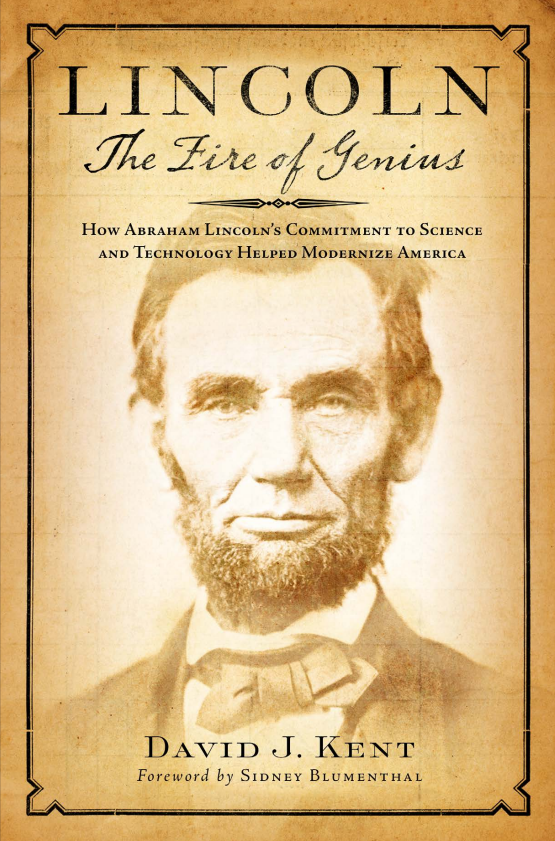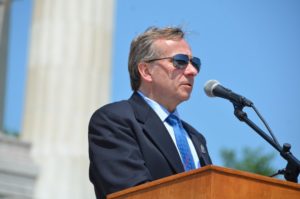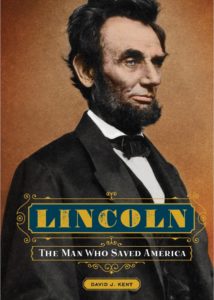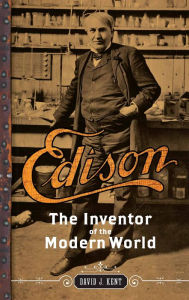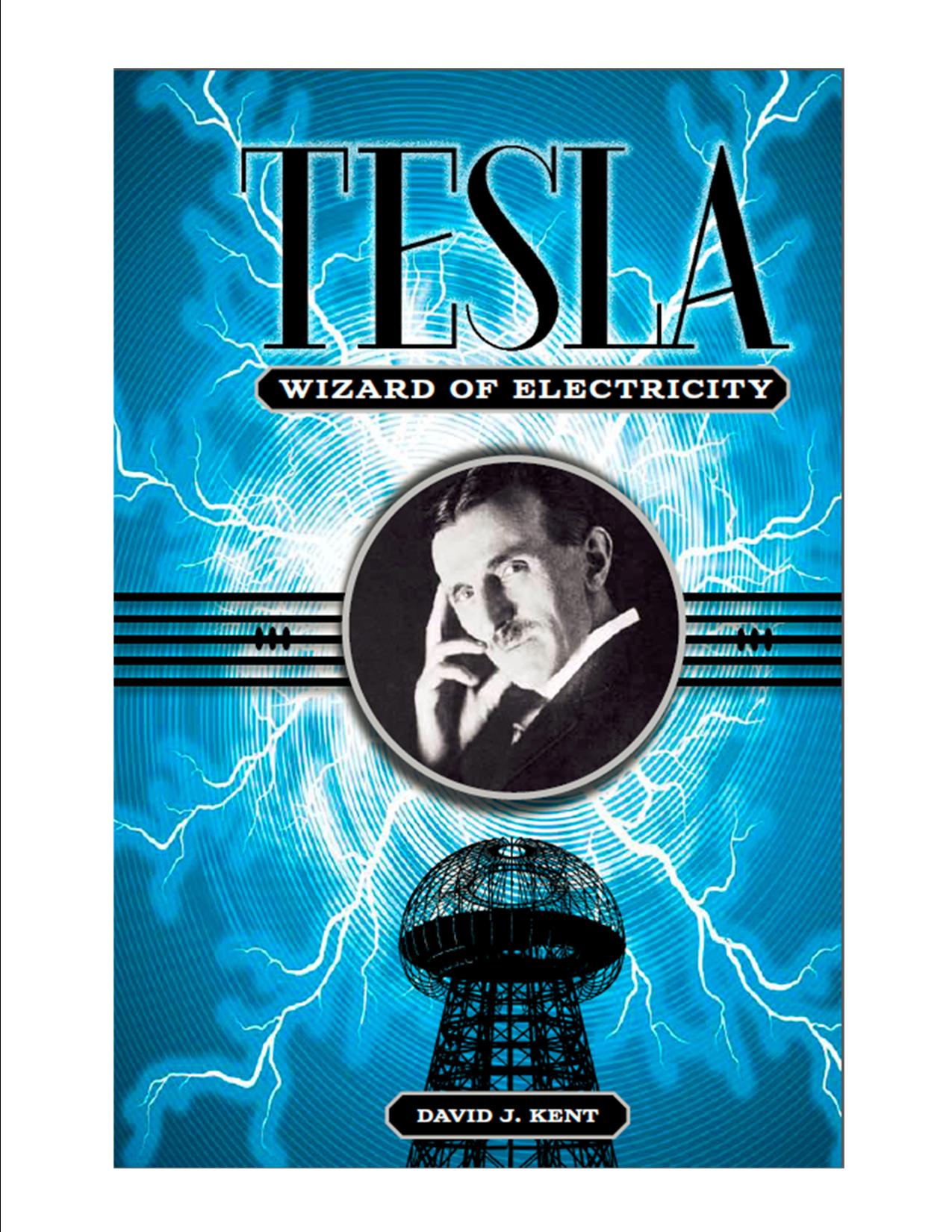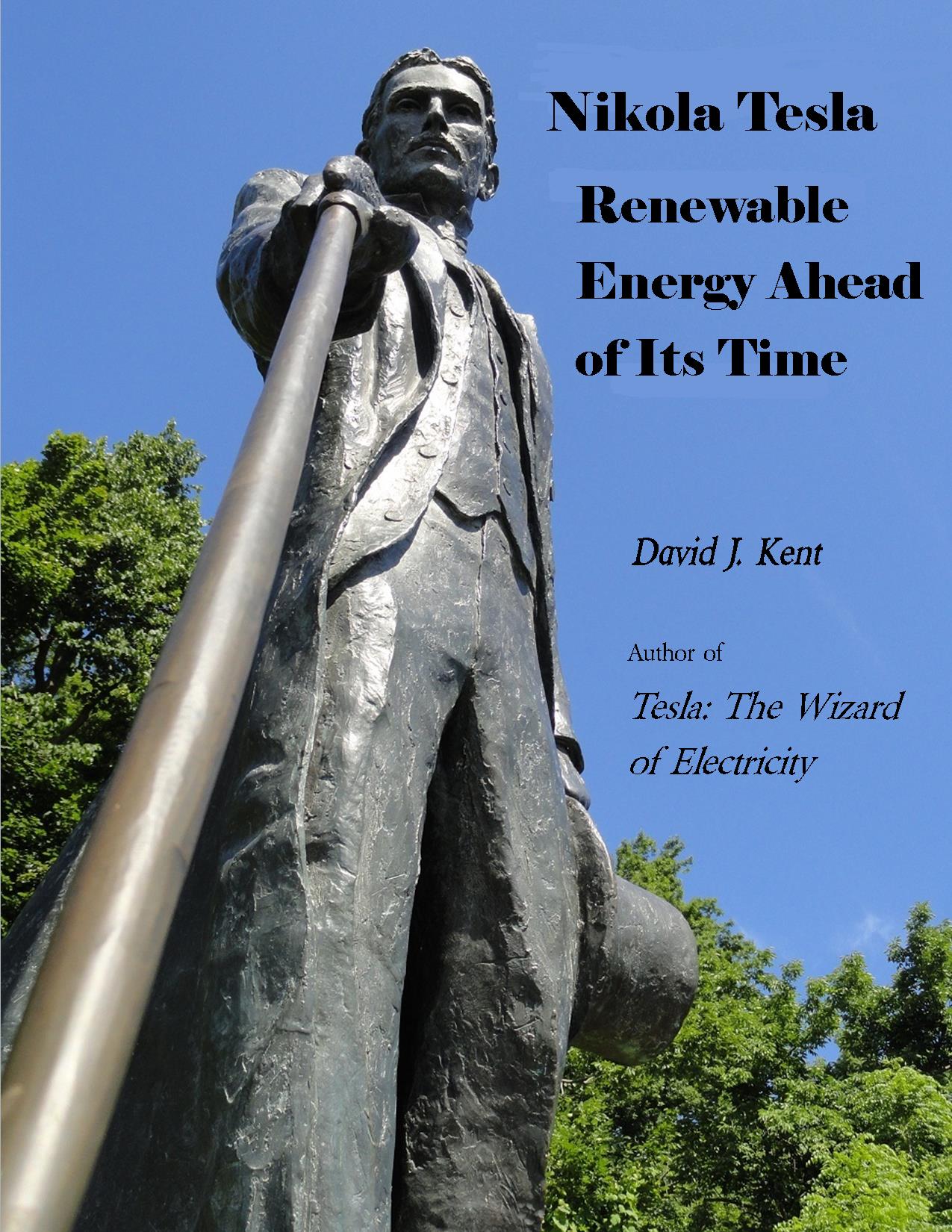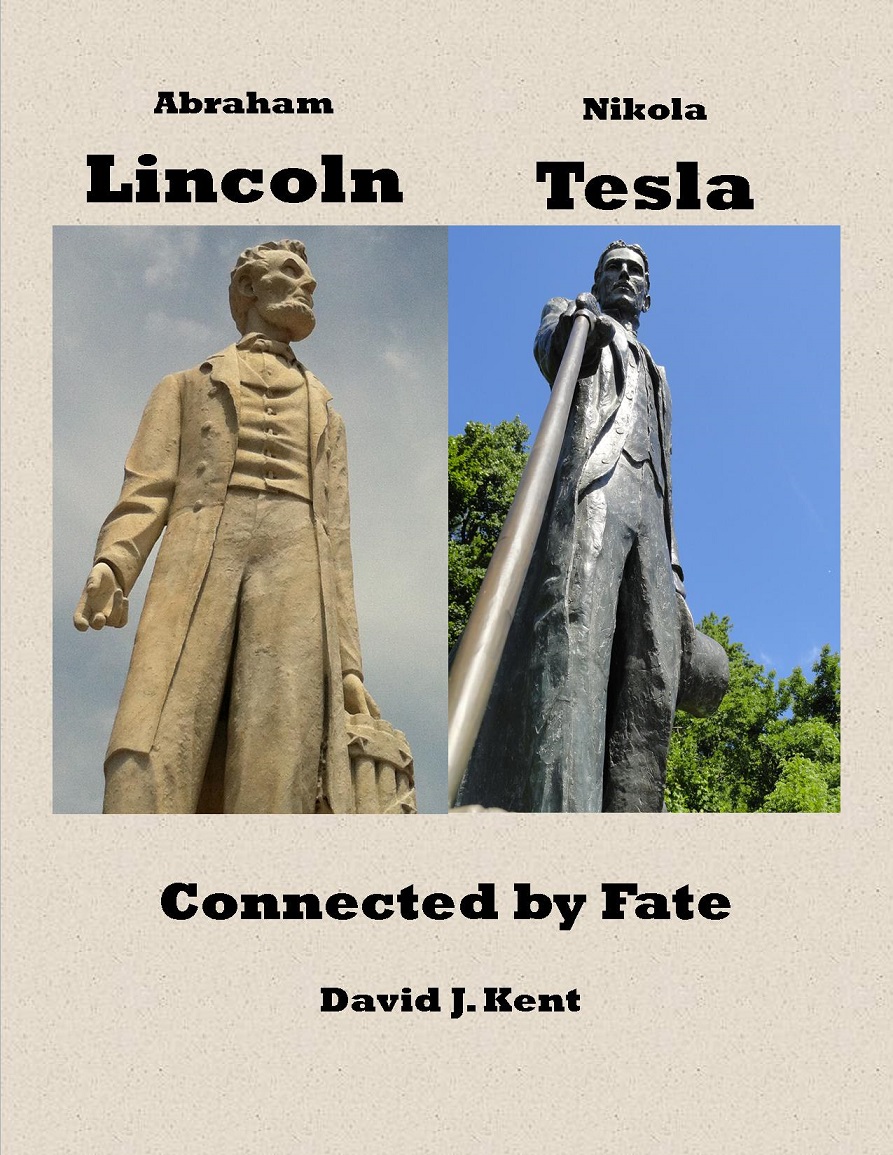 I will be giving a presentation on April 13, 2022, titled “Lincoln’s Role in the DC Emancipation Act of 1862.” The presentation is part of a series of events in commemoration of the 160th Anniversary of DC Emancipation, an Act signed into law on April 16, 1862, by President Abraham Lincoln. The events are sponsored by the District of Columbia and Mayor Muriel Bowser’s DC Emancipation Day Commemoration Commission. The presentation week will culminate in the annual Emancipation Day parade.
I will be giving a presentation on April 13, 2022, titled “Lincoln’s Role in the DC Emancipation Act of 1862.” The presentation is part of a series of events in commemoration of the 160th Anniversary of DC Emancipation, an Act signed into law on April 16, 1862, by President Abraham Lincoln. The events are sponsored by the District of Columbia and Mayor Muriel Bowser’s DC Emancipation Day Commemoration Commission. The presentation week will culminate in the annual Emancipation Day parade.
The event is FREE and anyone can register to receive the virtual link at this website: https://www.eventbrite.com/e/the-role-of-president-abraham-lincoln-in-the-dc-emancipation-act-of-1862-tickets-310030588837
The program begins at 6:30 pm ET and will be followed by a Q&A session.
I want to thank the Executive Office of the Mayor in the District, along with Mayor Bowser’s DC Emancipation Commission and the DC Archivist, for inviting me to participate in this important anniversary.
Background on Lincoln’s long road to emancipation can be read in this summary article previously published in the Lincolnian newsletter.
Pre-order Lincoln: The Fire of Genius now on Amazon and Barnes and Noble (click on the respective links to pre-order). The price is likely to drop before the final shipment, and any pre-orders will automatically get charged the lower price at fulfillment. Pre-ordering now helps the publisher get a sense of the interest, which could mean a bigger print run. So please go ahead and pre-order without worries. While you’re there, check out my other books.
The book is also listed on Goodreads, the database where I keep track of my reading. Click on the “Want to Read” button to put it on your reading list. That will also ensure you get informed of the release date AND will let you try for one of ten free hardcover copies of the book that I’ll be giving away this summer. I’ll also be giving away as many as a hundred e-books. [The book will also be put out on audio]
You also follow my author page on Facebook.
I’ll have much more about the book over the next few months, so join my mailing list here to keep informed.
David J. Kent is President of the Lincoln Group of DC and the author of Lincoln: The Man Who Saved America. His previous books include Tesla: The Wizard of Electricity and Edison: The Inventor of the Modern World and two specialty e-books: Nikola Tesla: Renewable Energy Ahead of Its Time and Abraham Lincoln and Nikola Tesla: Connected by Fate.
Check out my Goodreads author page. While you’re at it, “Like” my Facebook author page for more updates!



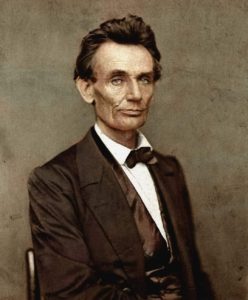 Abraham Lincoln once advised in the prosecution of Isaac Wyant, who had his arm amputated after being shot in a border dispute with Anson Rusk. Following his recovery, Wyant sought out and shot Rusk four times, then pleaded not guilty by reason of temporary insanity. Lincoln’s old friend Leonard Swett was on the side of the defense.
Abraham Lincoln once advised in the prosecution of Isaac Wyant, who had his arm amputated after being shot in a border dispute with Anson Rusk. Following his recovery, Wyant sought out and shot Rusk four times, then pleaded not guilty by reason of temporary insanity. Lincoln’s old friend Leonard Swett was on the side of the defense.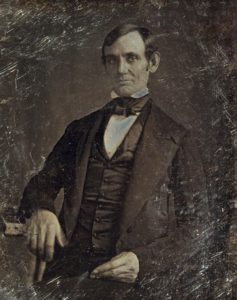 On March 23, 1860, one of Lincoln’s more famous cases came to trial in the U.S. District Court. Johnston v. Jones & Marsh, more commonly known as the Sand Bar case, was important both because of its subject matter (it highlighted Lincoln’s experience with technology) and because, in an age where trial transcripts were almost never kept, journalist Robert Hitt was paid to sit through the entire trial and create a comprehensive 482-page trial transcript, although he omitted the closing arguments.
On March 23, 1860, one of Lincoln’s more famous cases came to trial in the U.S. District Court. Johnston v. Jones & Marsh, more commonly known as the Sand Bar case, was important both because of its subject matter (it highlighted Lincoln’s experience with technology) and because, in an age where trial transcripts were almost never kept, journalist Robert Hitt was paid to sit through the entire trial and create a comprehensive 482-page trial transcript, although he omitted the closing arguments.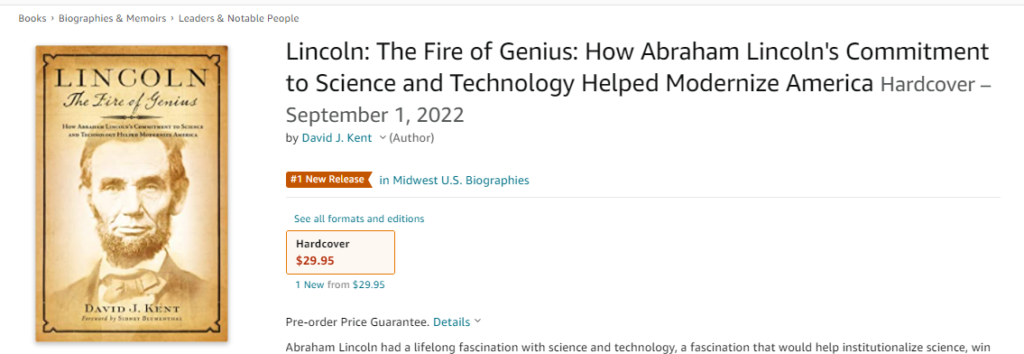
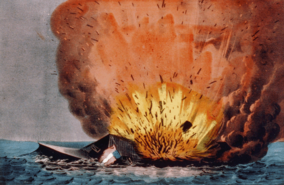 Abraham Lincoln spent much of his day on March 9, 1862 fretting over the battle of the ironclads. The Union ironclad Monitor had fought to a draw with the Confederate ironclad Virginia (former the USS Merrimack) at Hampton Roads, Virginia. The Virginia had been created from the burnt out hull of the Merrimack, left behind at Gosport Navy Yard at the beginning of the war after the state of Virginia seceded. The Merrimack was converted by the Confederate Navy into a seemingly indestructible metallic monster soon to prey on Union ships. Even though the ship was now officially the Virginia, the alliteration of Monitor and Merrimack (and the end of the Confederacy) means most people refer to the ship by its former name, both then and now.*
Abraham Lincoln spent much of his day on March 9, 1862 fretting over the battle of the ironclads. The Union ironclad Monitor had fought to a draw with the Confederate ironclad Virginia (former the USS Merrimack) at Hampton Roads, Virginia. The Virginia had been created from the burnt out hull of the Merrimack, left behind at Gosport Navy Yard at the beginning of the war after the state of Virginia seceded. The Merrimack was converted by the Confederate Navy into a seemingly indestructible metallic monster soon to prey on Union ships. Even though the ship was now officially the Virginia, the alliteration of Monitor and Merrimack (and the end of the Confederacy) means most people refer to the ship by its former name, both then and now.*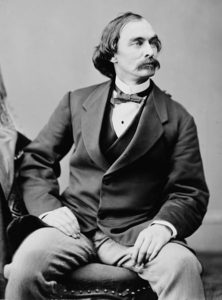 Abraham Lincoln had a knack for meeting Arctic explorers. On March 1, 1862, Lincoln wrote to Secretary of War Edwin Stanton:
Abraham Lincoln had a knack for meeting Arctic explorers. On March 1, 1862, Lincoln wrote to Secretary of War Edwin Stanton: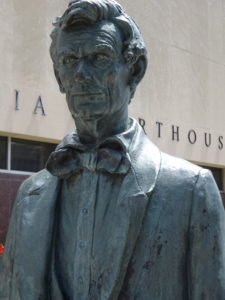 Abraham Lincoln accused Russia of being a place “where despotism can be taken pure,” openly dedicated to the exercise of absolute power and cruelly oppressive.
Abraham Lincoln accused Russia of being a place “where despotism can be taken pure,” openly dedicated to the exercise of absolute power and cruelly oppressive.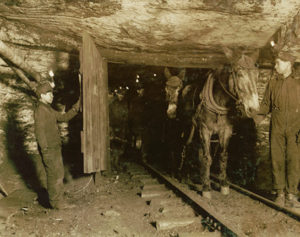 On February 15, 1853, Abraham Lincoln wrote to
On February 15, 1853, Abraham Lincoln wrote to 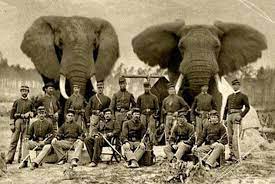 Abraham Lincoln rejects gift of elephants from Siam by pointing out the advantages of steam power. Lincoln would promote many scientific and technological improvements in his lifetime and his presidency.
Abraham Lincoln rejects gift of elephants from Siam by pointing out the advantages of steam power. Lincoln would promote many scientific and technological improvements in his lifetime and his presidency.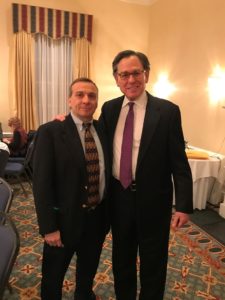 As mentioned last time, Lincoln: The Fire of Genius is now open for pre-order on
As mentioned last time, Lincoln: The Fire of Genius is now open for pre-order on 